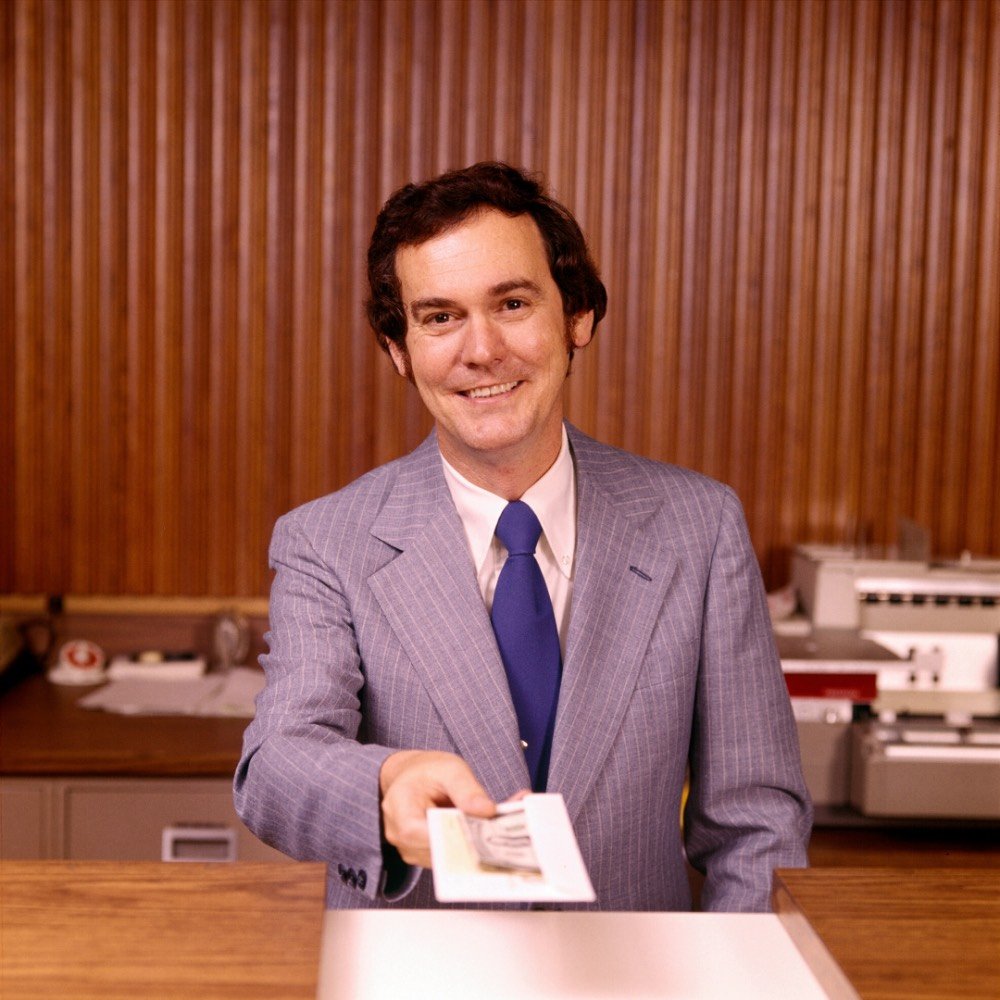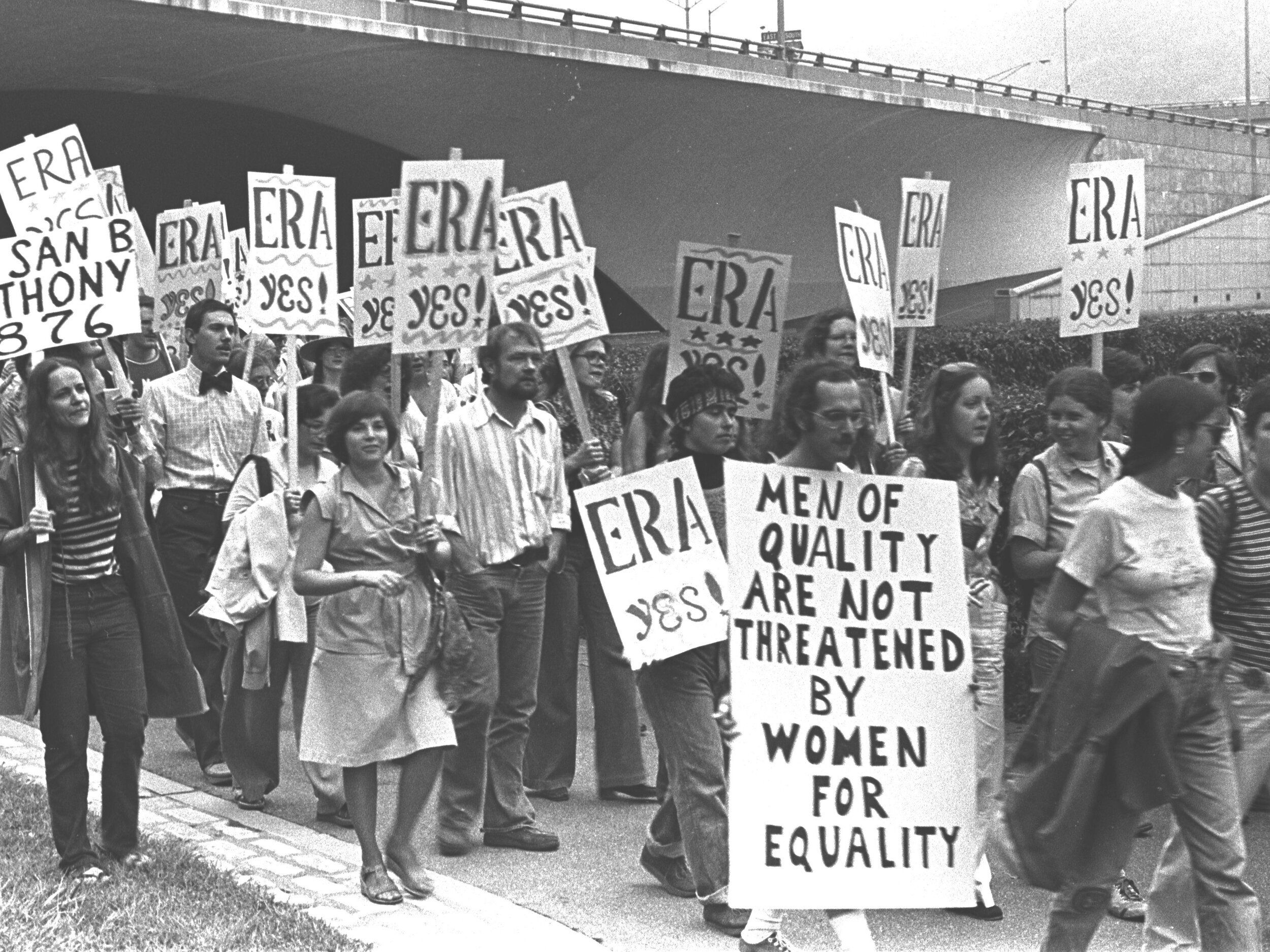Unconscious bias training doesn't work to build equality because it was never designed to
by Anna Dewar Gully & Dr. Kristen Liesch
FOOL US ONCE, SHAME ON US
Many decades ago, the black lesbian activist and poet (and all around inspiration and truth-teller) Audre Lorde challenged feminist academia to consider how it was reproducing the inequities of patriarchy.
Famously, Lorde declared, “the master’s tools will never dismantle the master’s house.”
She went on to clarify by asking, “What does it mean when the tools of a racist patriarchy are used to examine the fruits of that same patriarchy?” and then, by responding, “It means that only the most narrow perimeters of change are possible and allowable.”
So, we ask, how much change and equality can we expect to come from a system of interventions that were designed by guardians of the status quo, perpetrators of inequality?
UNCONSCIOUS BIAS TRAINING - THE ORIGIN STORY
Many decades ago, unconscious bias training (diversity training, cultural competence training, etc.) was born.
The origins of unconscious bias training (and diversity training more broadly) are rooted in the history of civil rights legislation and gender rights legislation in the US and in the introduction of equality and anti-discrimination laws around the world, proliferating in the cultural climate of the 1960s & 70s.
This was a pivotal period for social progress, it was 20+ years post World War II, immigration was on the rise, social movements were holding court, and around the world many nations were making first attempts at equality-focused (positive rights) legislation and anti-discrimination (negative rights) legislation and policy reforms - particularly with regard to employment rights.
In the US in 1964, Title VII of the Civil Rights Act - an act that prohibited employment discrimination based on race, colour, religion, sex, and national origin - was being introduced. Suddenly, companies who had discriminated freely until then were grappling with serious compliance risks and with the potential of being hauled in front of the Equal Employment Opportunity Commission for violations.
It’s important to note that the industry of “diversity consulting” was not actually born out of a progressive social movement happening in corporations, but actually, it was a corporate reaction to progressive social movements happening throughout society.
This is a critical distinction, because we need to understand that the methodologies developed then that eventually became the foundation of diversity training interventions -- for example, unconscious bias training -- were not necessarily born of the desire to make organizations more equal, but rather, to help organizations avoid litigation for being unequal - and that’s not quite the same thing.
So all of the interventions that flowed from that history - which, in the US context, expanded rapidly under Reagan as the workforce became radically more feminized and racially diverse - need to be looked at with a healthy skepticism. Particularly by those who are truly interested in harnessing standard diversity interventions to co-design more equal workplaces and a more egalitarian society.
We need to ask ourselves the question, what does it mean if these interventions weren’t actually designed to create equality, but were designed to limit corporate risk?
For a really interesting and thoughtful history of diversity training evolution in the American context, check out this piece by Rohini Anand (Sedexo) and Mary-Frances Winters (The Winters Group).
THE INTRODUCTION OF IMPLICIT BIAS TRAINING
In 1998, after a ten-year explosion in the prevalence of diversity training in America’s fortune 500 companies throughout the late 80s and early 90s, a test exploring Implicit Bias was introduced to the market. The Implicit Association Test (IAT), created by Anthony Greenwald (University of Washington) and Mahzarin Banaji (Harvard University), and Brian Nosek (University of Virginia), was developed, in theory, to help people uncover the implicit bias (or unconscious bias) unknowingly underpinning discriminatory decisions and interactions happening in organizations. However, years after its introduction, attempts in the early 2000s to recreate the findings of IAT research brought skepticism to the validity of the test itself, but nonetheless, an entire industry - selling what we now call “implicit bias training” or “unconscious bias training” - has grown up around the IAT concept, and has been layered - in one way or another - into corporate diversity training interventions around the globe, to become the now nearly ubiquitous bedrock of Diversity Training approaches.
So, in sum, bias training emerged from an era of unprecedented civil action toward greater equality.
But it wasn’t created by the gender equity or civil rights activists fighting for equitable employment law.
It was created by those concerned with protecting organizations against litigation.
It was created as a risk-mitigation mechanism - an answer to the question that a judge was likely to pose: “Do you have reasonable measures in place to prevent discrimination in your workplace?”
It was created so that an organization could defend itself against would-be scrutiny and say, “Yes, we have reasonable measures in place to prevent discrimination in our workplace.”
Unconscious bias training wasn’t created by people with experiences of discrimination and prejudice.
It wasn’t created by folks who were passionate about making a wave that would change the landscape and ultimately create a more equal world.
It wasn't actually designed to work
UNCONSCIOUS BIAS TRAINING EFFECTIVENESS TODAY
Fast-forward many decades and diversity training is a $10+B industry in the U.S.
Unconscious bias training is ubiquitous in many organizations - an annual training that some folks have been participating in for many years.
It is being deployed in many contexts:
Mandated for MDs and other health practitioners, as well as legal professionals in California
Implemented by school boards across the US
Promised in party election platforms in Canada
Introduced by many law enforcement agencies across North America
And more…
And maybe the reasons, in these cases, are still underpinned by the risk-mitigation motivator.
But, there is no doubt that scores of folks want to create a more equal world, where all people can achieve their full potential, and expect that unconscious bias training is (part of) the answer.
But the research has been collated and distilled to a simple fact: unconscious bias training doesn’t work.
Not only that but in fact holds the ability to cause more damage than good.
Learn more about how we can work together to create change with Equity Sequence
WHAT CAN YOU DO INSTEAD
There are many alternatives to unconscious bias training that you can implement at your organization to drive change in behaviour,not just instead of attitude.
Unconscious bias training rose in popularity because it was easy; it checked a box; and at face-value, fulfilled a need.
As you select an alternative, keep the following questions in mind to determine if you’re making the best decision for you and your organization:
How well do you understand your organization’s unique and nuanced problem(s)?
What is your desired impact? Is that desire a “common cause” shared across your organization?
There will be resistance to change, where will that resistance come from?
Who are your natural champions? They may not be just in your DEI office. Who cares about creating a more equitable organization that you can enlist to support the cause?
If you’re answering these questions alone, your personal perspective isn’t enough - can you bring more voices to the process?
For the alternative you select:
Who created this alternative? Who did they create it for?
Is the approach prescriptive or is it grounded in curiosity?
Does it invite people to solve systemic problems or does it focus on individual flaws?
Does their intervention have evidence of making measurable change?
There are organizations that have unconscious bias training baked in as deep as the biases they’re trying to combat. If you can’t get rid of unconscious bias training, you can make it better by considering the following:
Make it voluntary.
It should be available to those who want to learn the facts of bias, inequity and discrimination, and perhaps identify a few of their own personal biases.
When unconscious bias training is made mandatory, it faces the greatest resistance to change. This can create avoidance for future efforts in DE&I education either because it’s a catch-all or because it was poorly received.
Disclose the drawbacks.
As we’ve previously shared, unconscious bias training is not totally ineffective — just in its designed purpose. Make sure to share with participants the limits of this training; that while it can create awareness about bias and our personal biases, it cannot equip us to meaningfully interrupt bias in our daily work and decision-making.
Speak up!
For future training, ask for innovation from your suppliers, with research-backed solutions. Ask for interventions that target structural bias, not personal ones. Evaluate the systems that reinforce biases, and work together on eliminating those. Finally, aim for training that makes use of behavioural design techniques instead of changing individual worldviews.
Bias imbues every element of our society - every system, process, policy, product, etc.
We will not achieve equality until we identify and uproot it and shift toward a practice, a future, an expectation where all people are considered equal and that belief is as ubiquitous as inequity is today.
But even the most progressive among us cannot,through sheer will, mitigate for our unconscious biases, no matter how passionate we are about creating a more equal world.
To create a world where equality is the new status quo and everyone can achieve their full potential, we need to work together to de-bias the systemic constraints that shape our lives and our socialization so that the biases we learn and internalize (and that become unconscious) from such a young age, are repurposed to champion and advance equality. With the right intervention design, we can indeed create a more equal world.
POST-SCRIPT: A NOTE ON CRITICISM
At Tidal Equality, we are very cognizant that some of what we say and write makes some folks uncomfortable, if not downright angry. After all, this and other articles, take aim at unconscious bias training, which happens to be the primary offering of many-a-D&I-practitioner.
We are guided, however, by an ethos that requires us to perpetually interrogate our motives, our services, our perspectives, and the politics and methods and power dynamics of our profession and broader context.
We are inspired and by the editors of the Feminist Revolution (Kathie Sarachild, Carol Hanisch, Faye Levine, Barbara Leon, and Colette Price) and endeavour to learn from them and their peers.
In the preface to the abridged edition, they write, “Criticism is central to this book. So is history. The two are related because you can’t write history, you can’t sum up experience, without making evaluations. Both are very controversial in the Women’s Liberation Movement and both are threatening. And both we see as absolutely necessary to achieving the liberation of women.”
They dedicate their work, in part, as follows:
To all the oppressed of this earthwhose dynamism and strength is stolen for exploitation by others and who fly when they break their chains.
Webinar
“Why Bias Training Doesn't Work to Interrupt Bias with Dr Kristen Liesch.”
Human Leaders Webinar With Dr. Kristen Liesch
DR. KRISTEN LIESCH & ANNA DEWAR GULLY
CO-CEOs of TIDAL EQUALITY


















